|
The Western Railway Museum is selling BART Legacy Fleet Train Operator Consoles sourced from retired cars. For $1000 each, you can own a core piece of BART history and support the preservation of three complete legacy cars at the Museum.
This video presents a history of the different train operator consoles of the Legacy Fleet, the functions of the console, and how to purchase one from the Museum if so inclined.
0 Comments
In celebration of the 200th anniversary of founding of the United States, the American Revolution Bicentennial Administration included BART as one of 200 examples of outstanding community achievement.
In line with numerous railroads across the country, a few cars also “celebrated” the Bicentennial. Around 11 A cars temporarily gained the official Bicentennial Logo in lieu of the cab logo alongside smaller versions of the same logo below the cab exterior numbers. The cars that received the logo were recorded as follows: 115 127 139 140 153 169 177 202 219 236 264 Other BART material, such as “The All About BART” guides also featured a small version of logo. The Western Railway Museum, the future home of the BART legacy fleet, is well underway with preparations for preserving the legacy fleet.
One of the largest tasks thus far is to large the broad gauge rail that the cars will park on. WRM volunteers used an already existing standard gauge track and laid a third rail matching the BART gauge (5 feet 6 inches plus a little bit extra) for the BART cars. Now, WRM volunteers are using spikes to secure the rail to the ties. WRM plans on getting the cars in late July and into August, further details are TBD and will be shared when available. Today, June 19th (Juneteenth) is the 60th anniversary of the groundbreaking ceremony of the BART system.
Groundbreaking ceremony was at the site of the Diablo Test Track, now part of Concord Yard and the mainline between Concord and Walnut Creek. The test track was used to evaluate new technologies for use on the BART system. Due to the wide gauge of the BART system, the Western Railway Museum developed dollies to transport the legacy cars from the delivery site (at museum property) to Carbarn 3. Once moved in front of Carbarn 3, the cars will rest on broad-gauge rail and pushed into the carbarn. Dollies and a retired BART Rockwell truck used for testing the dollies Third rail used for BART
A short 2-car train just departed MacArthur station platform 3. In a few minutes it will turn back and head to MacArthur platform 4 and onwards to Fremont station.
Two car trains operated in regular revenue service from September 11, 1972 to November 23, 1972. Rohr prioritized A car construction and only built 2 B cars before opening day. By October, Rohr switched to production of B cars, and expected 22 B cars to roll in service by the year’s end - bringing the end of the short "two bagger" The final BART legacy cars to reach end-of-life decommissioning were a group of 5 cars on the week of May 20, 2024 – one month after the final run. The last car to be decommissioned was #1235. The remaining cars of the legacy fleet (10) have found new uses including preservation. BART stopped decommissioning cars and held onto a small fleet of 13 A cars and 22 B cars starting in early 2024 to retain enough cars for the final ceremonial run on April 20th. An additional C1 car (#329) was still in the fleet, awaiting its final trip to the Western Railway Museum for preservation. Of these, 6 of the A cars and 19 of the B cars ran on said date. After the final run, the wheels once again started rolling to decommission the cars – a total of 7 A cars and 20 B cars – that did not find a new life. The remaining 6 A cars and 2 B cars have found new purposes which will be shared in due course. These 27 cars were steadily decommissioned and scrapped from late April 2024 through yesterday, May 21, 2024. Shops removed hazmat materials and the cars were on their way to the scrapyard. Since the Legacy Fleet was no longer in service, there was no major need to pull parts from them to maintain other cars (a process called cannibalization), but there was a need for recipients getting BART cars after their retirement. I was invited to help out Sierra Train House folks pull parts from the cars, which will be used as spare parts on their rental home project. This time though, was to capture the final decommissioned car for preservation. B2 car 1587 was the send to last B car sent to the scrapyard, and A2 car 1235 was the last legacy car to be sent to the scrapyard – the 659th car. Here is the 1235, after 6 million miles and 50 years of service, enjoying its last rays of sun. The car will be chopped up, and shredded into little pieces. The metals will be sent overseas and find a variety of uses through recycling. One day you may once again see 1235, but perhaps in a medical instrument in a hospital, in a new automobile imported from South Korea, or in new copper wires in a computer. And some parts of the 1235 will on, preserved at the only museum preserving BART cars. One day later this year, you will be able to see 1235 and bits of many more cars that were decommissioned, alongside 3 complete cars, at the Western Railway Museum. So long and farewell #1235 and the 658 other legacy cars that rolled their last.
1260 and 1212, alongside a few more dozen legacy cars resting at Hayward Yard after 52 years of revenue service. Taken 4/25/24
|
About
"The Two Bagger" is meant to be a place to store more "blog" style posts on various cars, pictures, and random tidbits/trivia. At BART, a "two bagger" is a rather informal name for a two car train. Two car trains rolled in revenue service back in 1972. Archives
July 2024
Categories
All
|





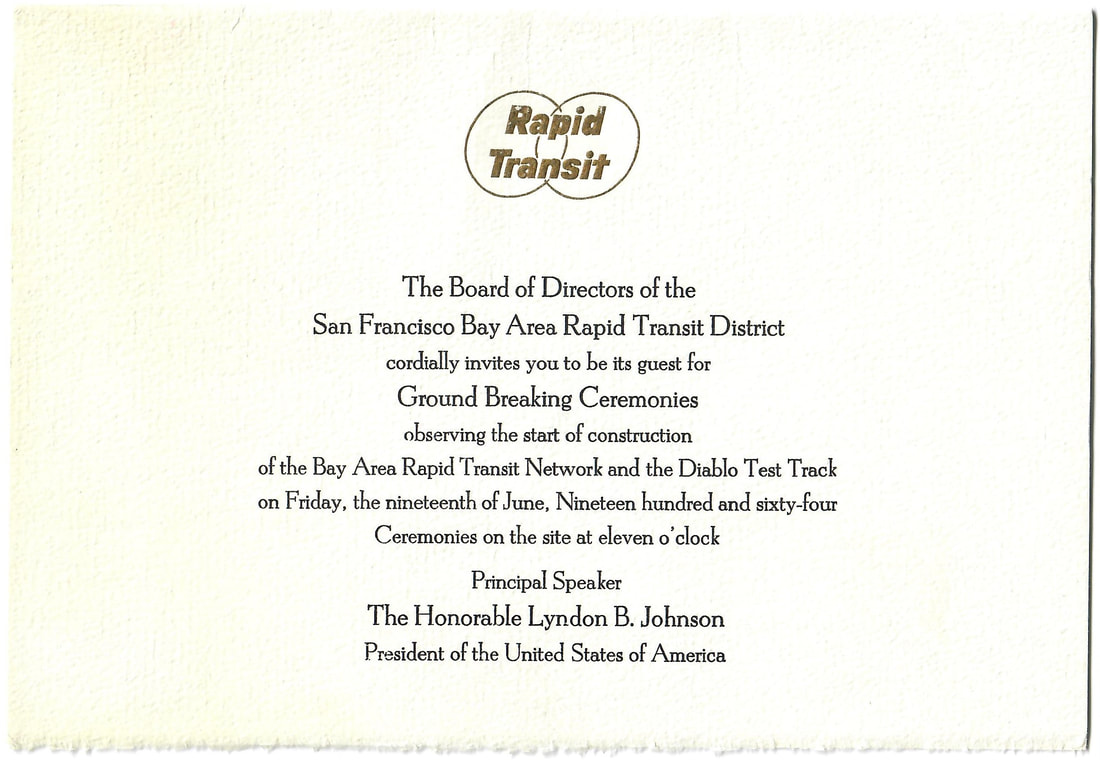





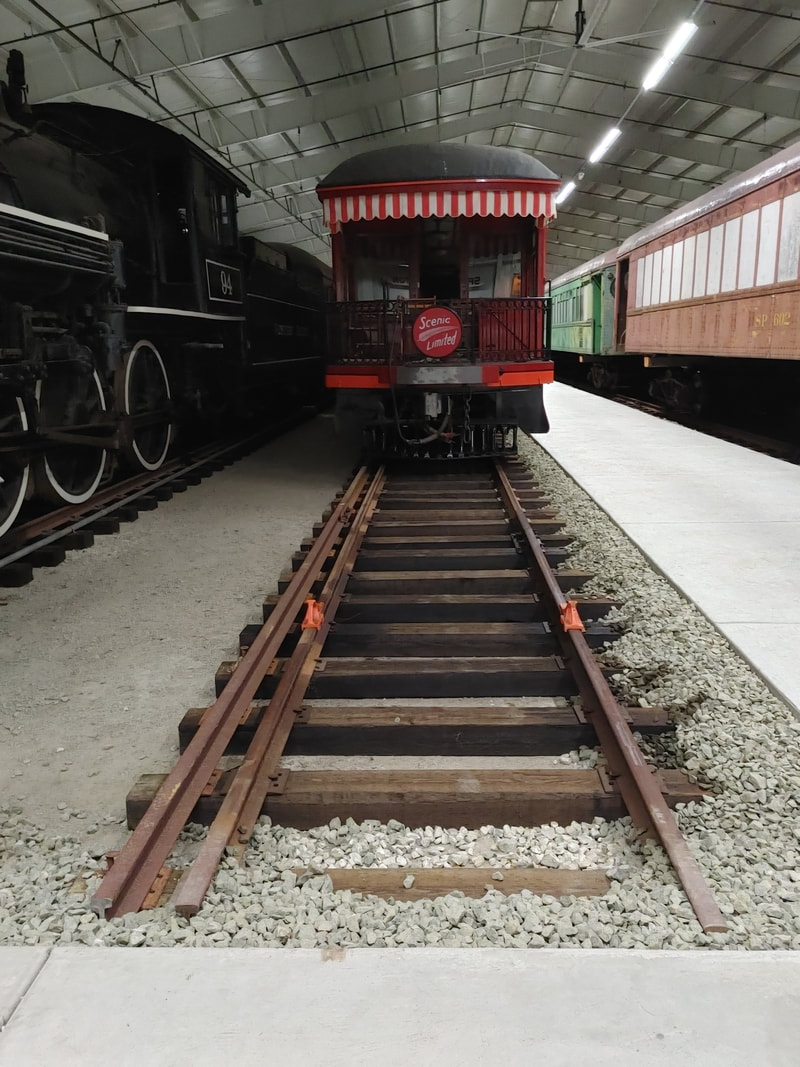
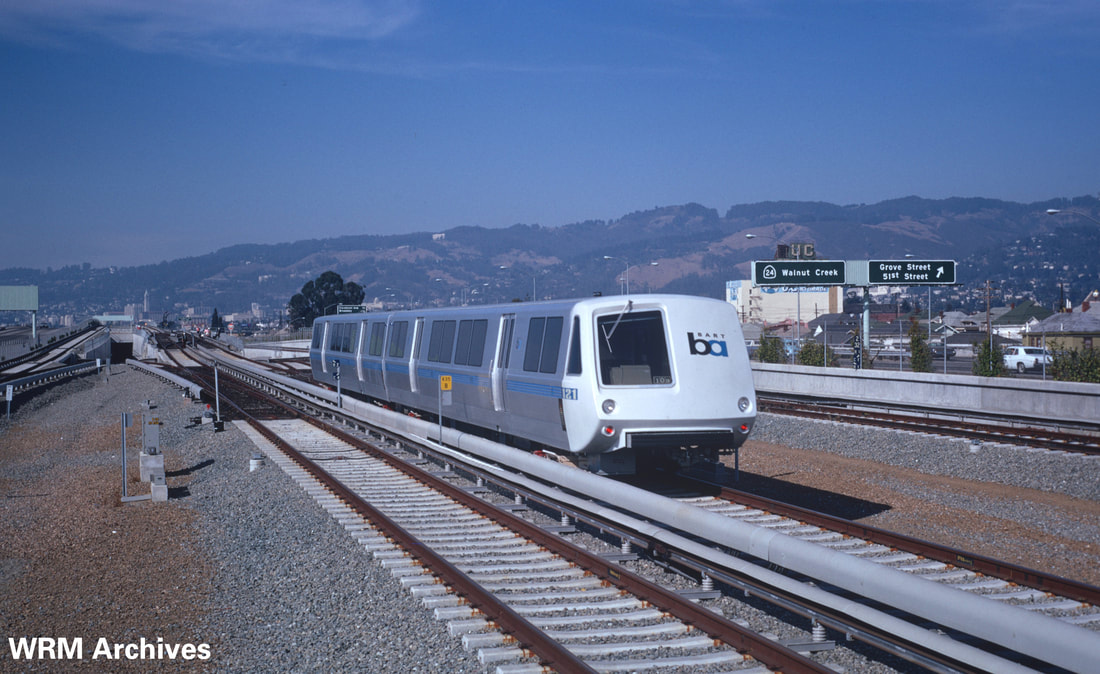








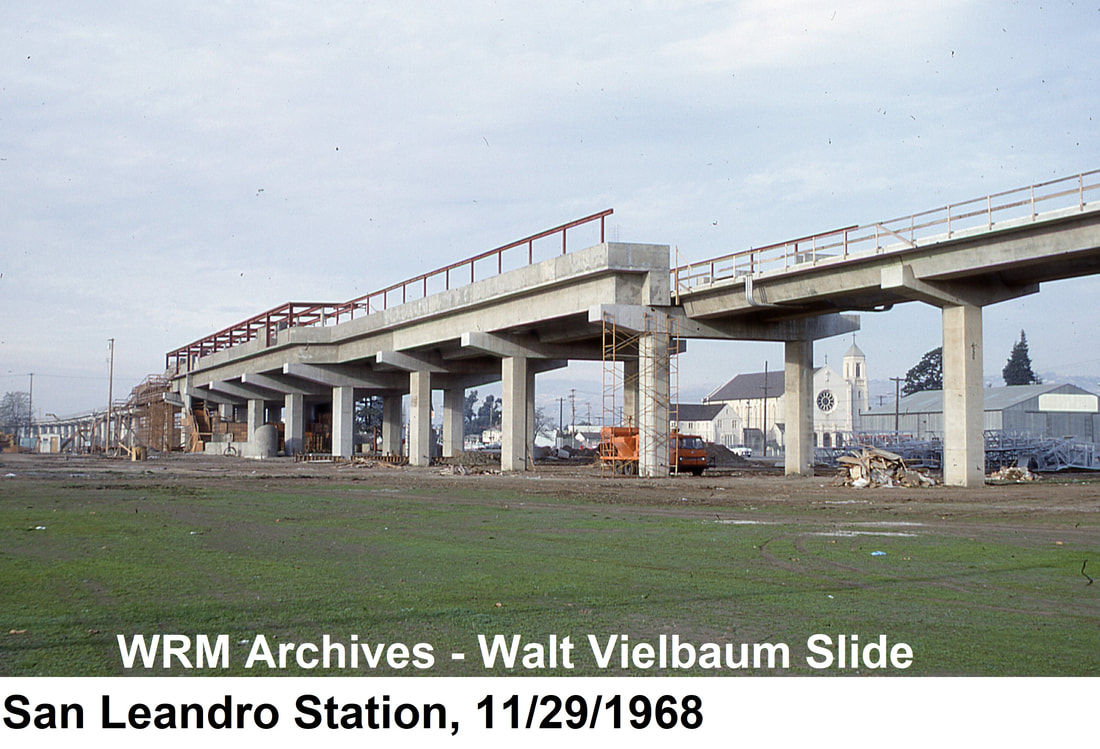


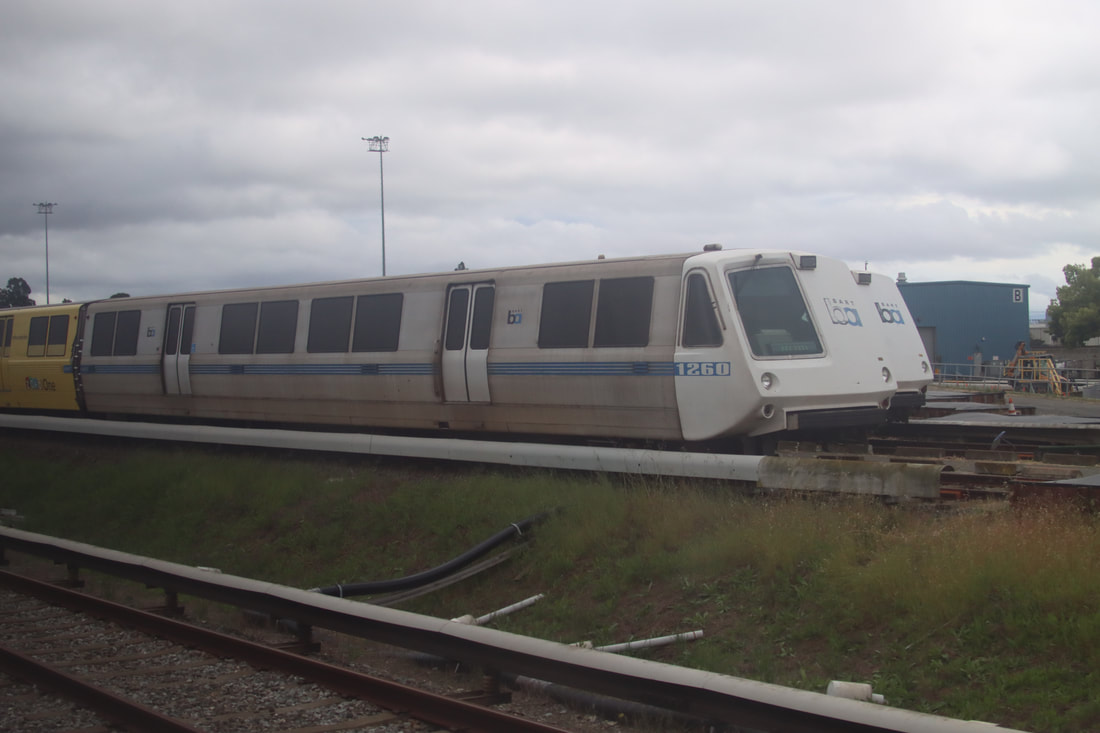
 RSS Feed
RSS Feed
